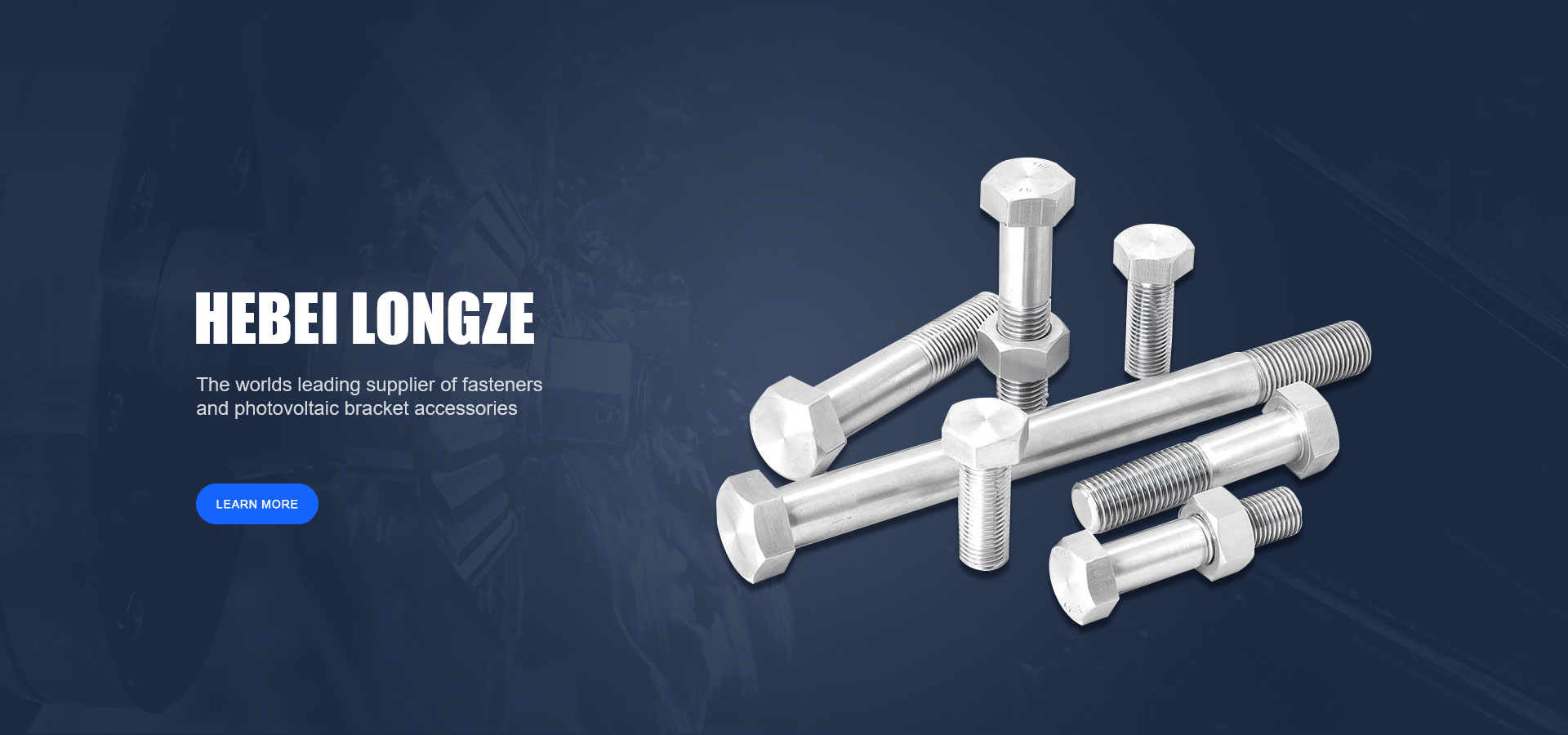

A Comprehensive Guide to Different Types of Bolts and Their Various Applications
Jul . 31, 2024 10:13 Back to list
A Comprehensive Guide to Different Types of Bolts and Their Various Applications
Types of Bolts An Overview
Bolts are essential fasteners used in various applications, from construction and manufacturing to automotive and aerospace industries. Understanding the different types of bolts is crucial for selecting the right one for a specific task. This article will explore the various types of bolts, their features, and their applications.
1. Hex Bolts
Hex bolts are one of the most common types of bolts. As the name suggests, these bolts have a hexagonal head that allows for easy fastening with a wrench. They typically come in various grades, indicating their strength and material composition. Hex bolts are widely used in construction, automotive, and machinery applications due to their versatility and robust nature.
2. Carriage Bolts
Carriage bolts feature a round head with a square neck that prevents the bolt from turning when tightened. This design makes them ideal for fastening wood to wood and is commonly used in outdoor furniture, decks, and structural applications. Carriage bolts are available in various lengths and diameters, making them suitable for different projects.
3
. Lag BoltsLag bolts, also known as lag screws, are heavy-duty fasteners designed for wood applications. With a large, protruding head and coarse threads, these bolts can be used to secure large wooden beams and heavy structures. The unique threading allows for a strong grip in wood, making them ideal for construction and heavy-duty woodworking projects.
4. Socket Head Cap Screws
types of bolts

Socket head cap screws have a cylindrical head with a hexagonal recess, allowing for a secure fit with an Allen wrench. They are often used in applications that require a low-profile fastener or where space is limited. Despite their compact design, socket head cap screws are available in high strength grades, making them suitable for both industrial and mechanical applications.
5. Eye Bolts
Eye bolts have a looped head (or eye) that allows for the attachment of ropes or cables. They are frequently used in rigging and lifting applications, providing a secure point for connecting other components. Eye bolts can be found in marine, construction, and industrial settings, where loads need to be lifted or anchored securely.
6. Flange Bolts
Flange bolts feature a built-in washer that provides a larger bearing surface, which helps to distribute the load evenly. This design reduces the risk of damage to the material being fastened and is commonly used in automotive and structural applications. The flange also helps to prevent loosening as the bolt is tightened.
7. U-Bolts
U-bolts are shaped like the letter U and are used to secure pipes or tubes to a surface. The ends of the U bend around the object being fastened, making them ideal for plumbing and electrical installations. U-bolts are available in various sizes and materials, depending on the requirements of the application.
Conclusion
Understanding the different types of bolts and their applications is essential for ensuring safety and efficacy in any project. Whether you’re a DIY enthusiast or a professional, selecting the right bolt can enhance the durability and reliability of your work. Always consider the material, load requirements, and environment when choosing the appropriate type of bolt for your needs. With a wide range of options available, the right bolt is just a selection away, ready to hold your next project together securely.
Latest news
-
Hot Dip Galvanized Bolts-About LongZe|High Strength, Corrosion Resistance
NewsJul.30,2025
-
High-Strength Hot Dip Galvanized Bolts - Hebei Longze | Corrosion Resistance, Customization
NewsJul.30,2025
-
Hot Dip Galvanized Bolts-Hebei Longze|Corrosion Resistance&High Strength
NewsJul.30,2025
-
High-Strength Hot-Dip Galvanized Bolts-Hebei Longze|Corrosion Resistance&High Strength
NewsJul.30,2025
-
Hot Dip Galvanized Bolts-Hebei Longze|Corrosion Resistance&High Strength
NewsJul.30,2025
-
Hot Dip Galvanized Bolts - Hebei Longze | Corrosion Resistance, High Strength
NewsJul.30,2025

